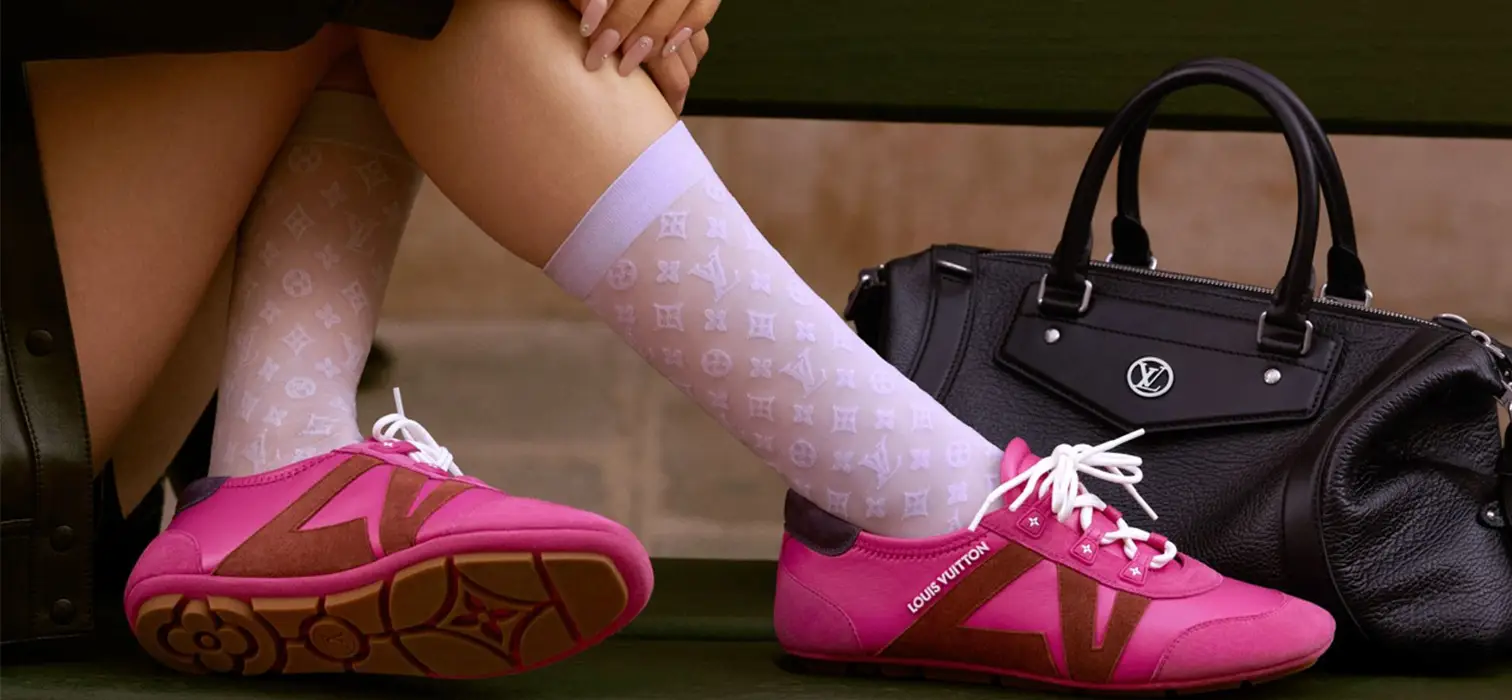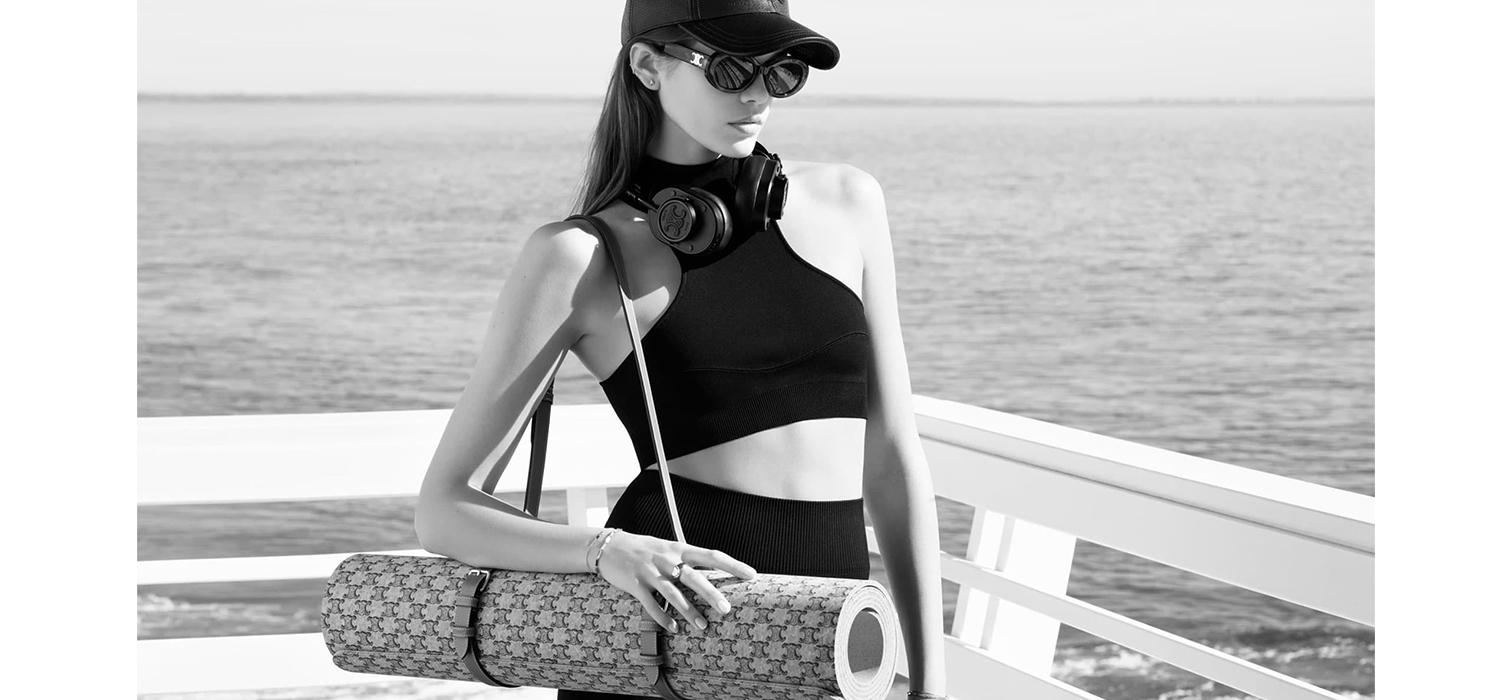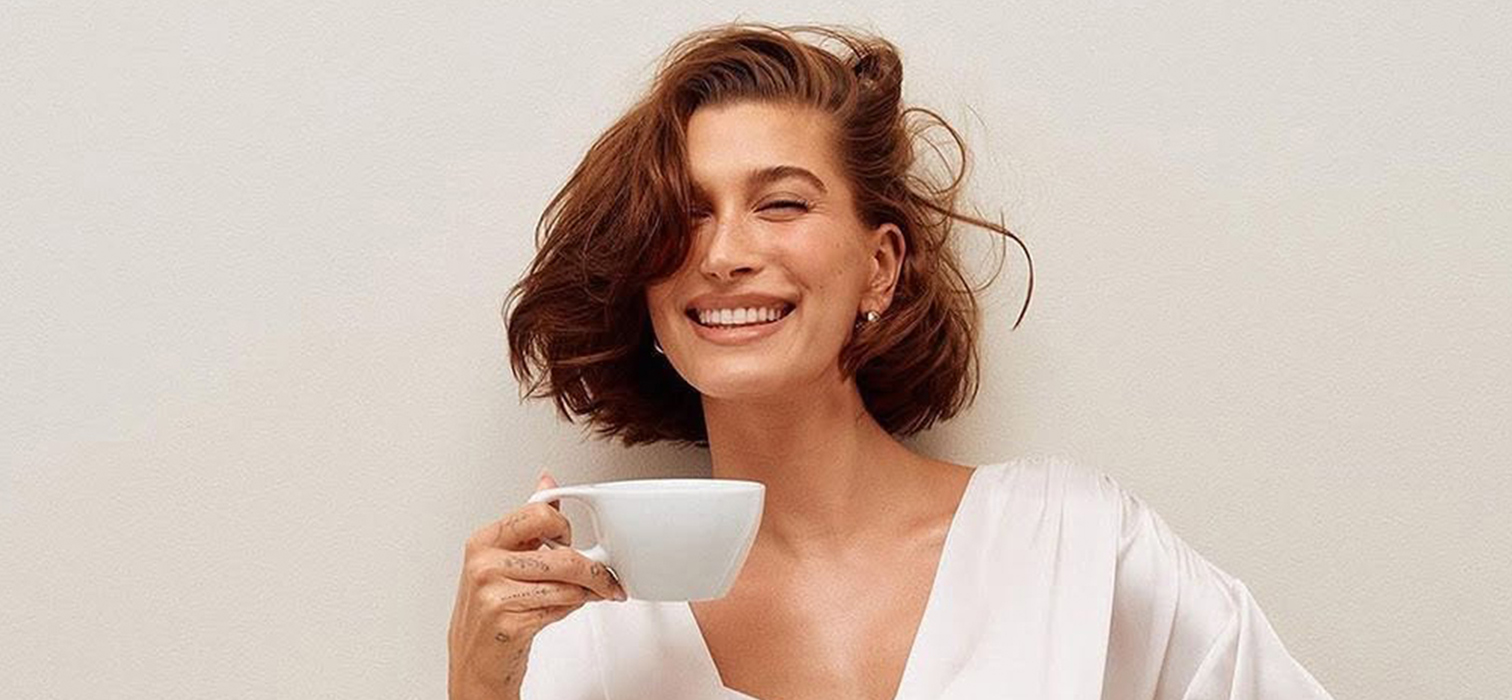At the beginning of March, Chanel’s Head of Fashion Bruno Pavlovsky shared a news that will upset the customers of the brand: Chanel was going to increase the price of its classic bags and 2022 Spring / Summer collection, again! From the outside, this practice is quite normal. Luxury fashion brands also apply inflation-related hikes about twice a year, keeping this rate higher than the market average. What is different is the price increase strategy that Chanel has implemented since the beginning of the pandemic. With the latest price hikes, the brand’s classic bags are being sold for approximately 60% more than their prices in 2019. For example, the Medium Classic Flap bag costs $5,800 in 2019 and $8,800 in November 2021.
In fact, Chanel has a transparent pricing strategy. The brand is doing price harmonization and working on region-specific hike rates in order to close the price differences that arise due to the exchange rate variable in different sales regions. Apart from price adjustment, there are other reasons for these dramatic hikes. According to Pavlovsky, Chanel has allocated a large amount of funds to expert opinions and resources to improve the quality of the bags. Expenses have not been spared so that bag production does not deviate from sustainable targets. Another important change is Chanel’s investment in customer satisfaction. Under the “Chanel et moi” program, the warranty of Chanel bags has been extended from 2 to 5 years.
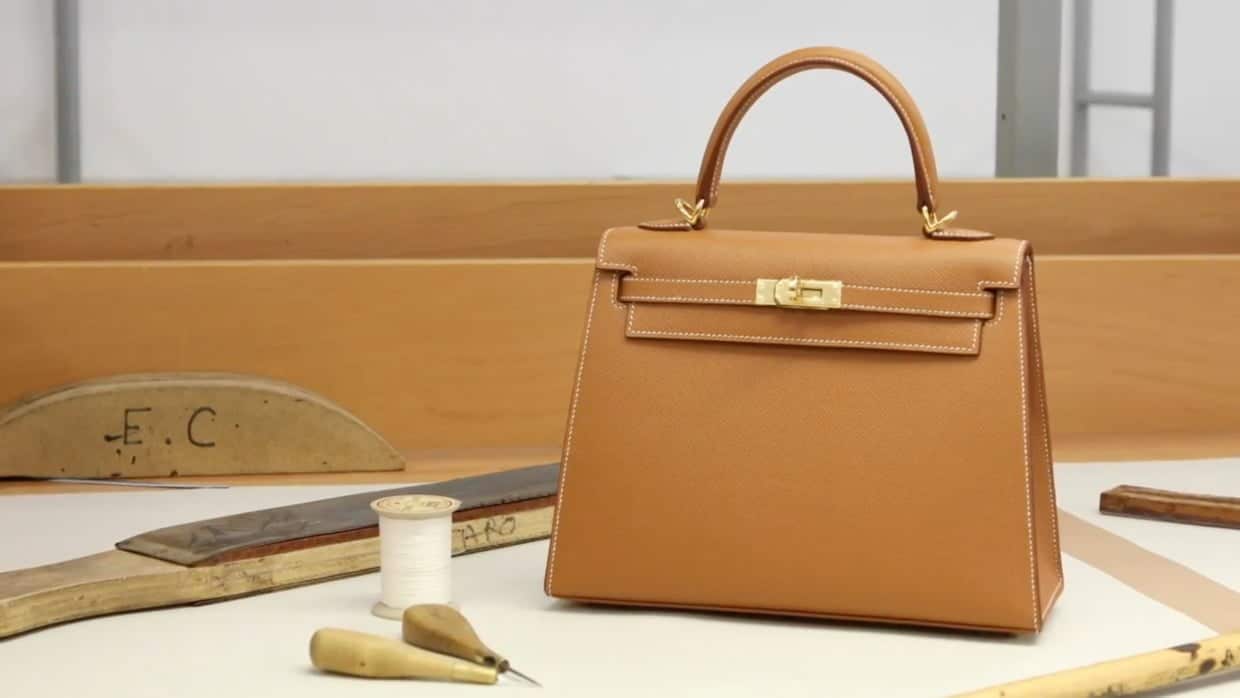
Although the reasons stated are quite understandable, target prices and new sales plans trigger questions in the fashion scene: Is Hermés the rival that Chanel has set for itself?
At the top of the Soft Luxury pyramid are Hermés, Dior and Chanel. While Dior and Chanel have collections with high returns in the field of textile and beauty, Hermés is open to development in these categories. However, looking at the annual income data announced, Chanel has a larger percentage of shrinkage compared to Hermés. The increased demand for online sales during the pandemic has not been met due to Chanel’s strict restrictions. This causes the French fashion giant to fall behind its rivals. For example, in 2020, when the popularity of online shopping peaked, Chanel’s revenue decreased by 18%, while its operating profit decreased by 41%. These figures are 6% and 15% for Hermés. Of course, this decline is due not only to the lack of online sales, but also to the Covid-19 travel restrictions and the decrease in far eastern visitors.
Chanel, at the top of the pyramid but remaining in the background, may have wanted to both close the income gap with price increases and position itself among the mega fashion brands by getting rid of high fashion brands in terms of brand perception. The Chanel Medium Classic Flap bag retails for $8,800, while the classic base Hermés Birkin 30 costs around $8,900. So, the prices of the two iconic bags are now almost equivalent.
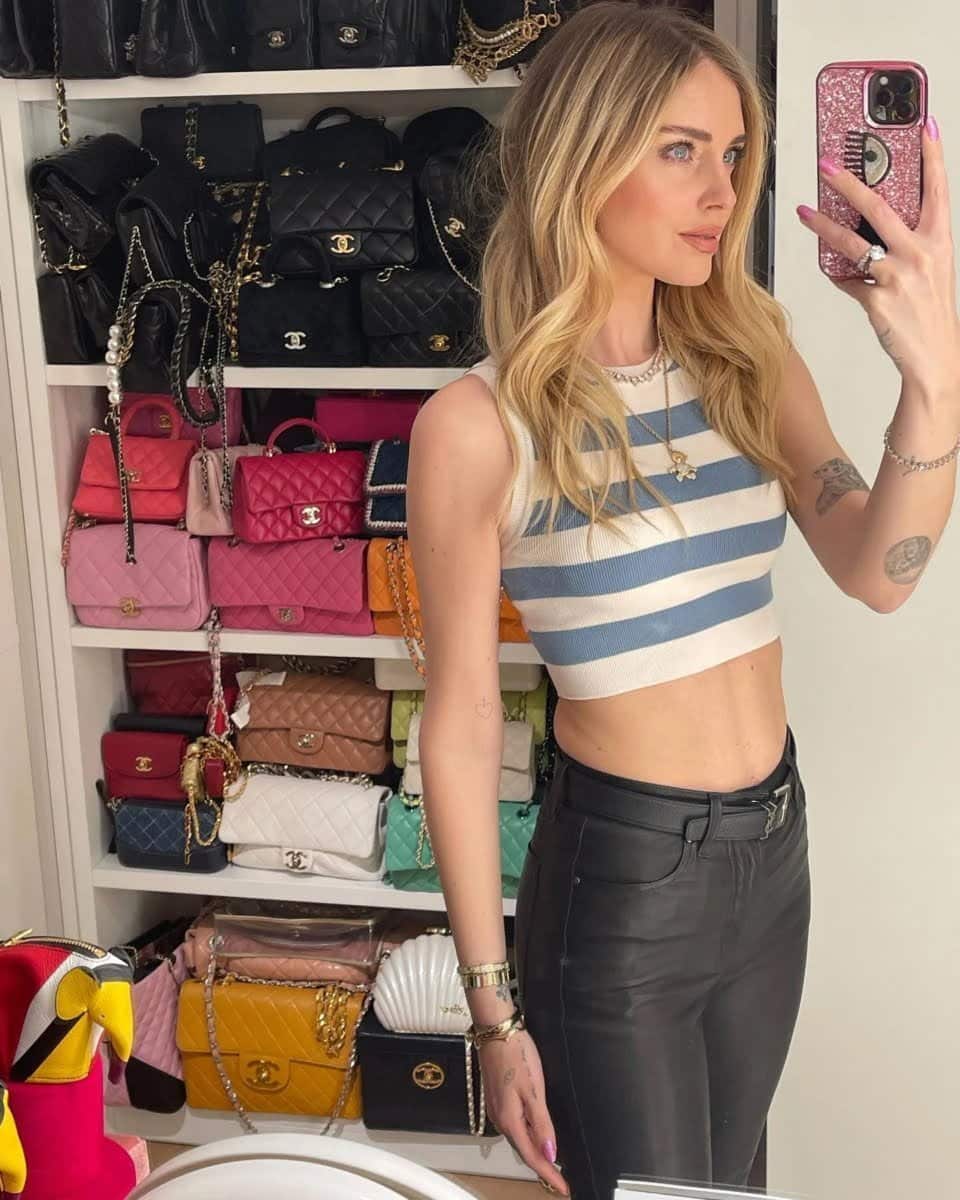
Price tags are not the only similarity, there are also new applications in Chanel sales. In other words, Chanel is taking some steps towards becoming a more “exclusive” brand and is starting to limit its accessibility just like Hermés. A Chanel sales consultant in Paris says that the number of bags that can be purchased at one time is limited, and you have to wait 2 months for your next purchase and not buy a bag with similar features. In New York, monthly quotas are set for some classics. However, this initiative is not valid everywhere, for example, in Hong Kong and Shanghai, you can shop as much as you want from Chanel stores. When asked about the Hermés competition, Pavlovsky said, “Hermés bags are great, but I think our bags are very different. The structure, materials and even the way you combine them are different. So yes, we are racing with Hermés, but not just on a single bag.”
There is one last point that shows that Chanel is targeting the Hermés level: the secondhand sector. Hermés’ reputation in this field is indisputable. The second-hand market is the place where it shows off for Hermés, which is famous for its bags that are collector’s items and seen as an investment tool. It is known that a HermésBirkin, whose initial price was 18,500 euros, was sold for 112,000 euros last November. The most expensive second-hand Chanel bag ever sold is around 30,000 euros. Hermés again holds the record in this area: an alligator-skin Kelly, which sold at auction for about $512,000.
The extension of the warranty period, which undertakes the repair and maintenance of the bags, strengthens the feature of Chanel bags as an investment tool just like Hermés. Chanel, which has recently renewed its authenticity cards with NFC compatible chips, aims in this way to quickly control authenticity, facilitate the tracking of bag sales, prevent intermediary sales and keep the second-hand Chanel bag market under its control in general. Of course, considering the second-hand prices, Chanel seems to have a long way to go before it reaches Hermés.
Raising the price and withdrawing from the mass market, creating a more special and desirable brand identity with new sales restrictions: There are those who get excited and queue in front of the Chanel store, and those who say they’d pay a little more and get a Hermés. Let’s see when Chanel’s tag games will bear fruit.

